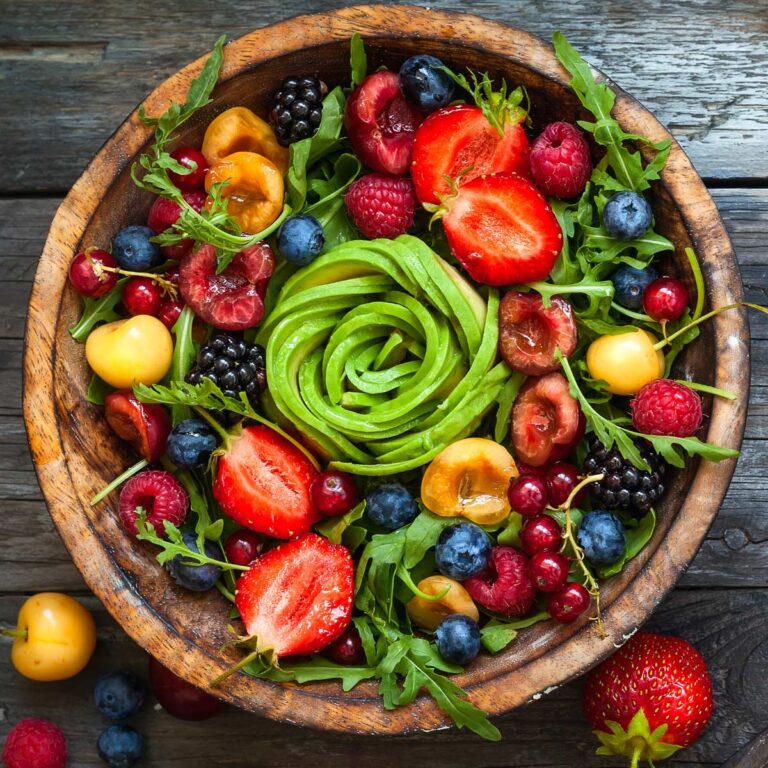Fruits are not just nature’s candy; they are nutritional powerhouses packed with vitamins, minerals, fiber, and antioxidants. Whether enjoyed fresh, juiced, blended into smoothies, or incorporated into savory dishes, fruits play a vital role in promoting health and well-being.
And among the alphabet of fruits, those that start with “F” offer a particularly vibrant and diverse selection. Fruits That Start With F: A Comprehensive Guide to Their Nutritional Benefits Fruits are an essential part of a healthy and balanced diet.
They are packed with essential nutrients, vitamins, and minerals that are vital for our overall health and well-being. The letter “F” is not the most common letter when it comes to fruits, but there are still plenty of options to choose from. In this article, we will be exploring fruits that start with F and their nutritional benefits.
Fruits That Begins With Letter (F)
1. Figs
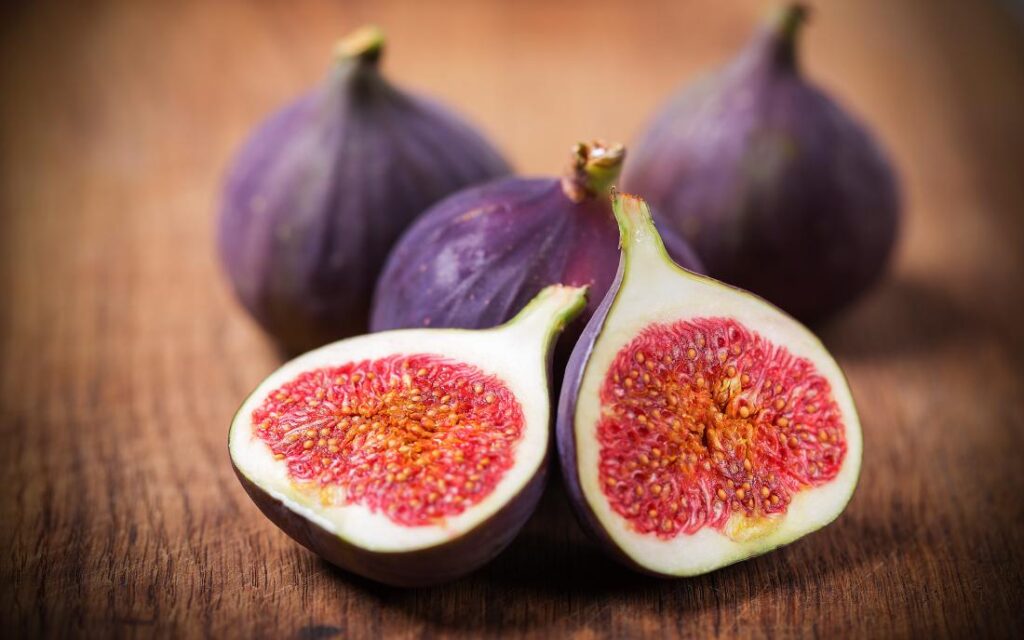
Figs are sweet and delicious fruits packed with fiber, potassium, antioxidants, vitamins (such as vitamin A, vitamin K, and several B vitamins), and minerals (including potassium, calcium, magnesium, and iron). They are also a good source of calcium, making them an excellent choice for those who are lactose intolerant or vegan.
In the culinary world, figs are incredibly versatile. They can be eaten on their own as a healthy snack, added to salads for a sweet and savory twist, or incorporated into both sweet and savory recipes. Dried figs are commonly used in baked goods, desserts, and granola bars, while fresh figs pair well with cheeses, nuts, and honey in appetizers and desserts.
2. Feijoa
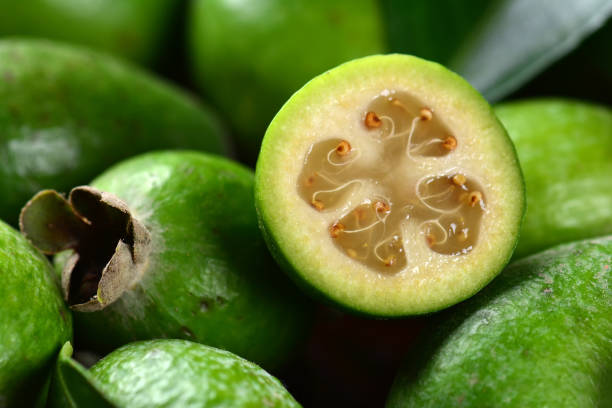
Feijoa, also known as pineapple guava, is a small green fruit with a sweet and tangy flavor. They are high in vitamin C and fiber, making them an excellent choice for boosting your immune system and promoting healthy digestion.
Feijoas can be enjoyed fresh by cutting them in half and scooping out the flesh with a spoon. Their unique flavor makes them a delightful addition to fruit salads, smoothies, desserts, and baked goods. Feijoa jelly, jam, and preserves are also popular ways to enjoy this fruit’s distinct taste.
3. Fennel

Fennel is a unique fruit that is often used as a vegetable in cooking. Fennel seeds are often used whole or ground to add flavor and aroma to dishes such as soups, stews, curries, bread, sausages, and desserts. Fennel can be eaten raw or cooked and used in salads, soups, and stews. It also has a sweet and licorice-like flavor.
In addition to their culinary uses, fennel seeds are prized for their potential health benefits. They contain an array of nutrients, including fiber, vitamins, minerals, and antioxidants. Fennel seeds are believed to aid digestion, reduce bloating and gas, freshen breath, and promote overall wellness.
4. Fuji Apples
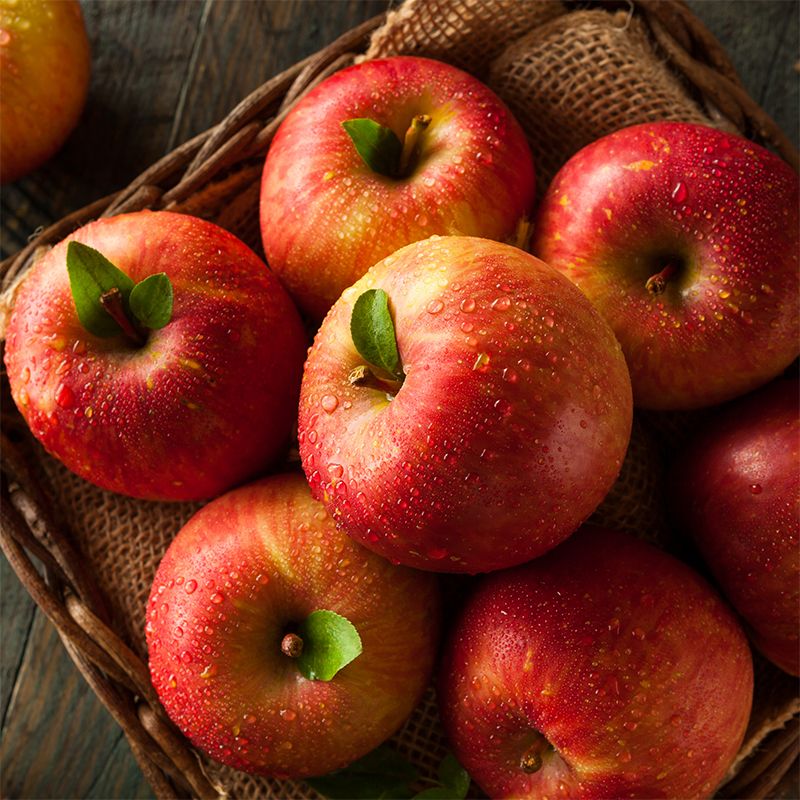
Fuji apples are a popular variety of apples that are known for their sweet and crisp taste. They are characterized by their round shape, medium to large size, and attractive red and yellow skin with occasional russeting. The flesh of Fuji apples is creamy white and exceptionally crisp, offering a satisfying crunch with each bite.
They are high in fiber, vitamin C, and antioxidants, making them a great choice for promoting healthy digestion and reducing the risk of chronic diseases. They are low in calories and fat, making them a nutritious choice for those seeking a healthy and satisfying snack
5. Fireberries
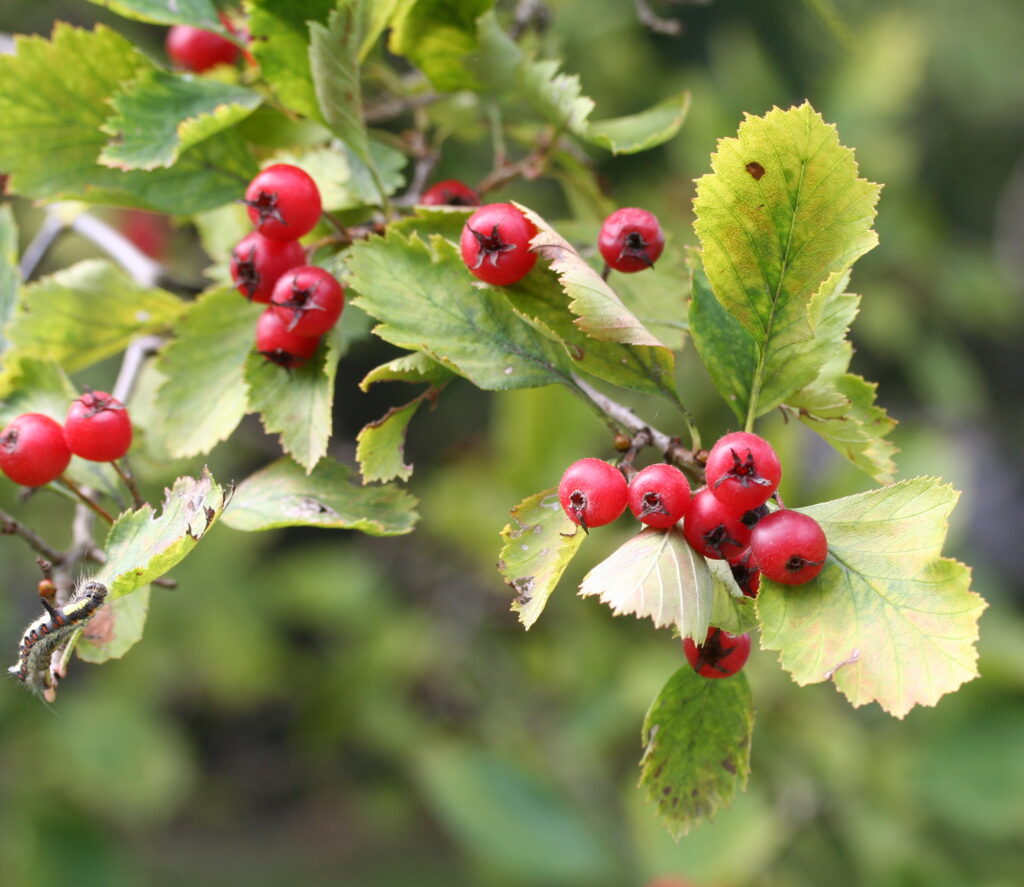
Fireberries are small, red fruit that are native to South America. These shrubs are known for their clusters of small, colorful berries, which are typically bright red, orange, or yellow.
The berries are not typically consumed raw due to their bitter taste. However, they are sometimes used in jams, jellies, and sauces after being cooked and processed to reduce their toxicity. They have a sweet and tart taste and are high in antioxidants and vitamin C.
6. Finger Lime
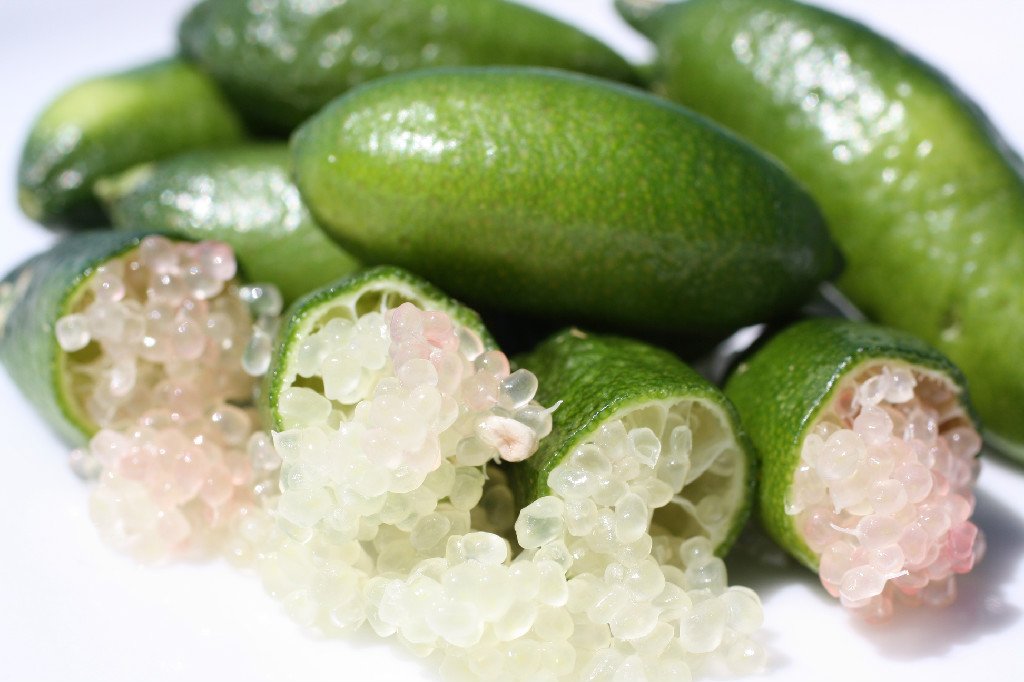
Finger limes are a unique fruit that is native to Australia. The exterior of finger limes can vary in color, ranging from green to black, with some varieties featuring speckles or stripes. However, it’s the interior of the fruit that truly sets it apart. When sliced open, finger limes reveal tiny, bead-like juice vesicles that resemble caviar.
They have a tangy and citrusy taste and are high in vitamin C and antioxidants. Finger limes are used in salads, cocktails, seafood, sushi, desserts, and other dishes.
7. Forest Berries
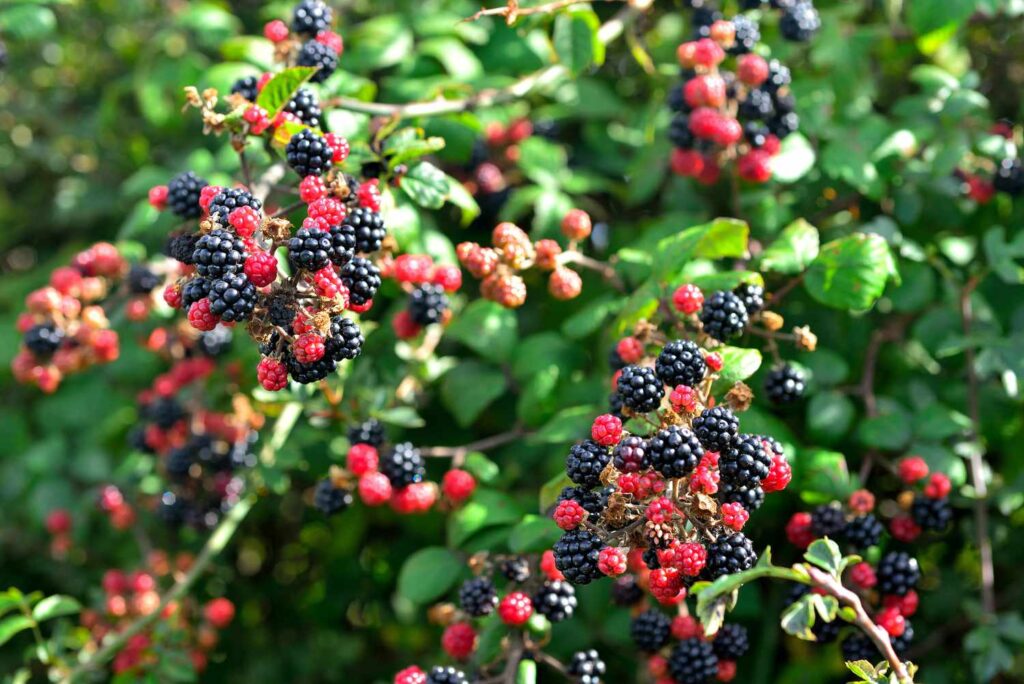
Forest berries is a general term used to describe a variety of berries that grow wild in forests. These berries are often small, flavorful, and rich in vitamins, mostly vitamin C, antioxidants, and other nutrients.
While the specific types of berries included under the umbrella term “forest berries” can vary depending on the region and ecosystem, some common examples include raspberries, wild strawberries, wild blueberries, etc.
8. Flat peaches
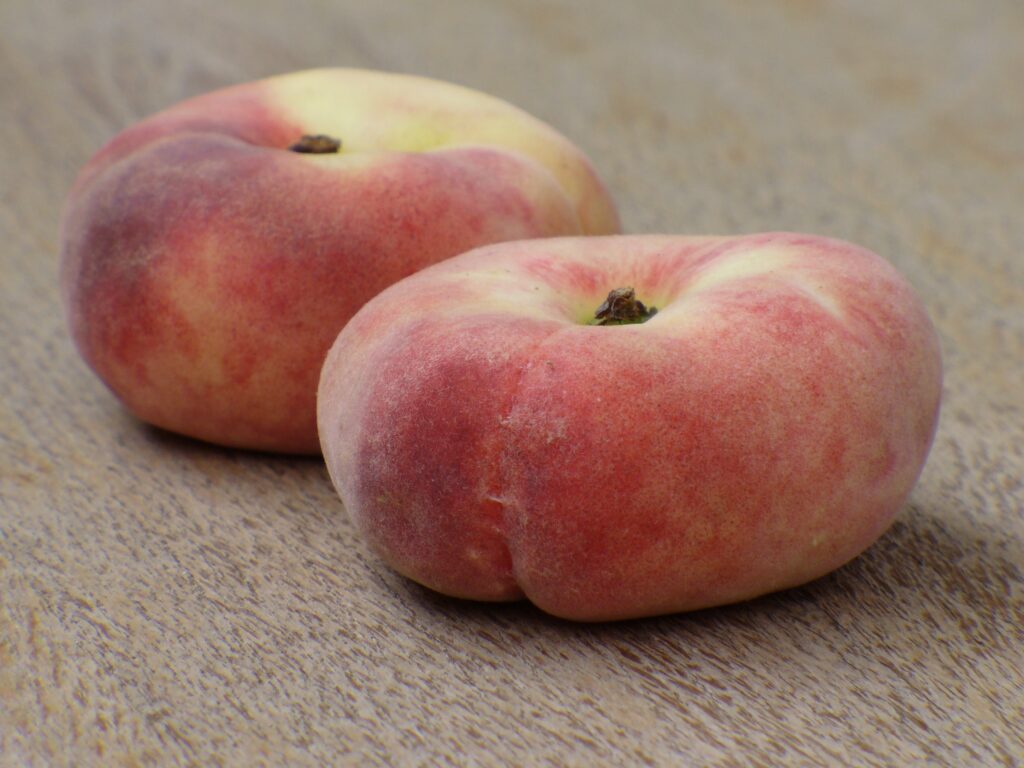
Flat peaches, also known as donut peaches, are a smaller and flatter version of the traditional peach. They are high in fiber, vitamin C, and antioxidants, making them an excellent choice for promoting healthy digestion and reducing the risk of chronic diseases.
In culinary applications, flat peaches can be used in many of the same ways as traditional peaches. They can be enjoyed fresh as a healthy snack, sliced and added to salads, used in desserts such as pies, or blended into smoothies and fruit salads. Their distinctive appearance also makes them a visually appealing garnish for cocktails and fruit platters.
9. Fresh Dates
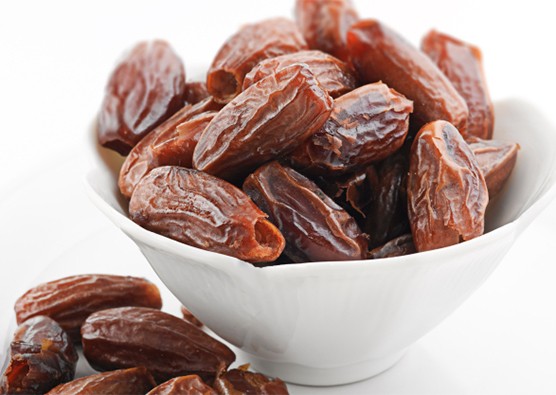
Fresh Dates are sweet and delicious fruits that are packed with fiber, potassium, and antioxidants. They are commonly eaten dried, but fresh dates are also a great option for a healthy snack.
They can be incorporated into sweet dishes such as desserts, cakes, cookies, and puddings, or used as a natural sweetener in smoothies, sauces, and dressings. Fresh dates can also be stuffed with ingredients like nuts, cheese, or savory fillings for a delicious appetizer or snack.
10. Fuyu Persimmons
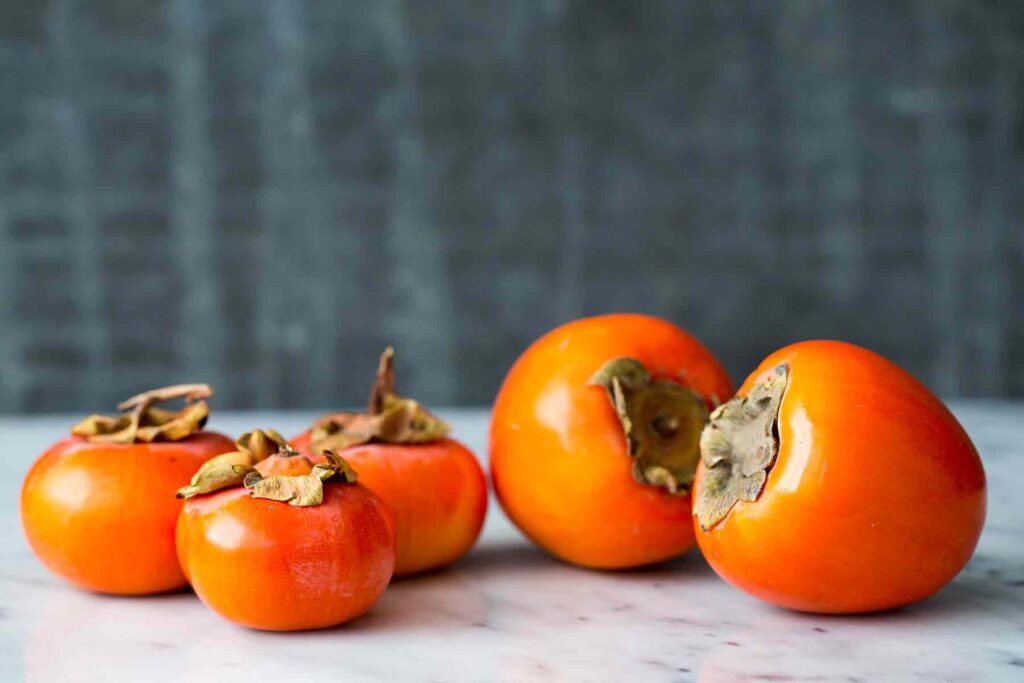
Fuyu persimmons are a variety of persimmon fruit known for their distinctive shape, flavor, and versatility. Fuyu persimmons are characterized by their squat, round shape, resembling a tomato or pumpkin. They have a smooth, glossy skin that ranges in color from pale orange to deep orange-red when ripe.
Fuyu persimmons are a sweet and delicious fruit high in vitamin A, vitamin C, and fiber. They offer numerous health benefits, including support for immune function, digestion, heart health, and skin health. They are commonly eaten raw as snack or used in desserts.
11. French Melon
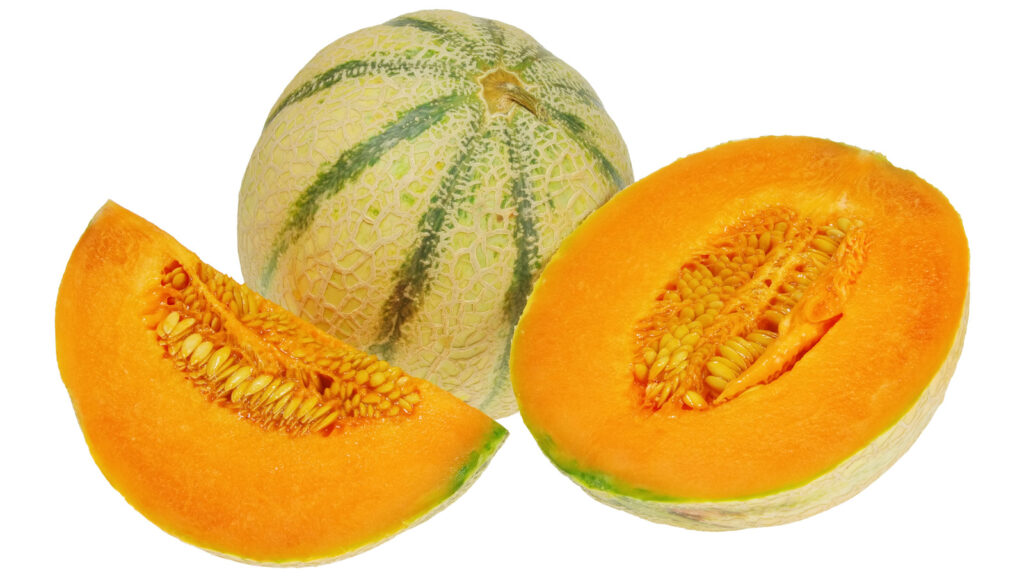
French melons are a type of cantaloupe that is known for its sweet and juicy taste. They are high in vitamin C, potassium, and antioxidants, making them an excellent choice for promoting healthy digestion and reducing the risk of chronic diseases.
12. Florida Avacoda
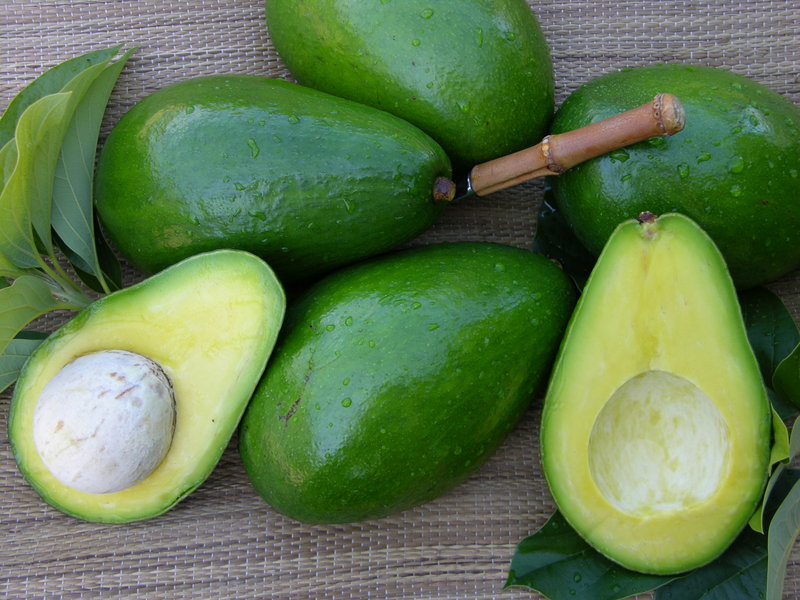
Florida avocados are a larger and milder version of the traditional avocado. They are high in fiber, vitamin C, and healthy fats, making them an excellent choice for promoting heart health and healthy digestion.
These avocados thrive in the subtropical climate of Florida and are harvested from late spring to early fall. They are commonly used in a variety of culinary applications, including salads, sandwiches, dips, spreads, and smoothies.
Read Also:
- Best Way To Marinate Chicken
- Healthy Options For Snacks
- How To Make Nigerian Bole
- Substitute For Currants
13. Frappe Apples
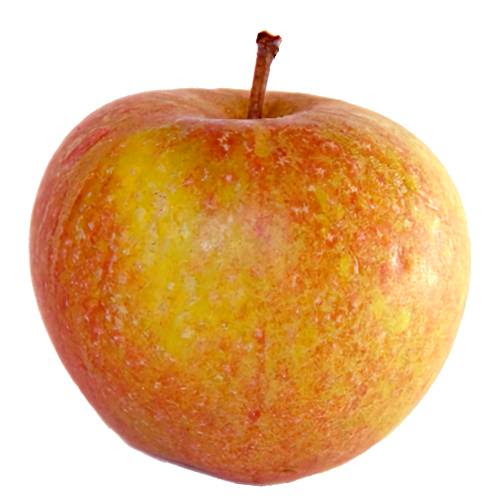
Frappé apples are a type of apple that is known for its sweet and crisp taste. They are high in fiber, vitamin C, and antioxidants, making them an excellent choice for promoting healthy digestion and reducing the risk of chronic diseases.
Read Also
- Baking Recipe With Apples
- Foods With The Highest Fiber
- How To Make Smoothie
- Fruits That Make You Horny
14. Fraises Des Bois
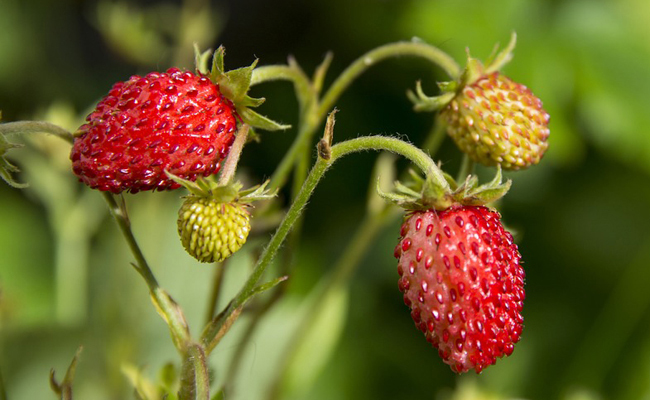
These strawberries are smaller and more delicate than the common cultivated varieties found in supermarkets. They are typically found growing wild in forests, fields, and meadows across Europe and North America.
Fraises des bois are delicious fruits that are high in vitamin C and antioxidants. They are commonly used in desserts and cocktails.
15. Flowering Quince
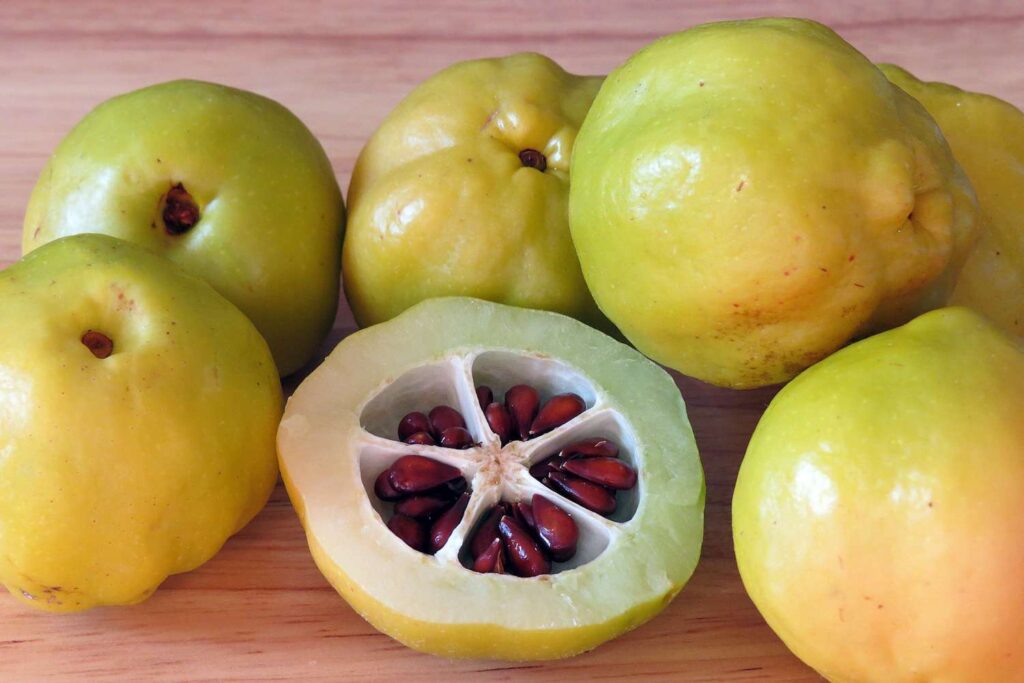
Flowering quince is a small and tart fruit that is high in vitamin C and antioxidants. It is commonly used in jams, jellies, and other desserts.
The fruits of flowering quince may not be as well-known or widely consumed as those of other fruit in the list, but they offer a unique flavor and versatility in the culinary world. Whether enjoyed fresh, cooked, or used for their ornamental value, flowering quince fruits add a touch of beauty and flavor to gardens and kitchens alike.
16. Fuzzy Kiwifruits
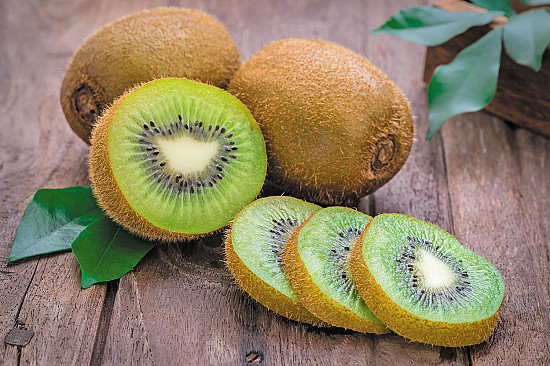
Fuzzy kiwifruits are a type of kiwifruit that has a fuzzy exterior. They are high in vitamin C, fiber, and antioxidants, making them an excellent choice for promoting healthy digestion and reducing the risk of chronic diseases.
Fuzzy kiwifruits are commonly enjoyed fresh, either eaten on their own or added to fruit salads, smoothies, yogurt parfaits. In addition to their culinary uses, fuzzy kiwifruits are also prized for their ornamental value, with their unique appearance and vibrant green color adding visual interest to fruit bowls and decorative arrangements.
17. Fortunella
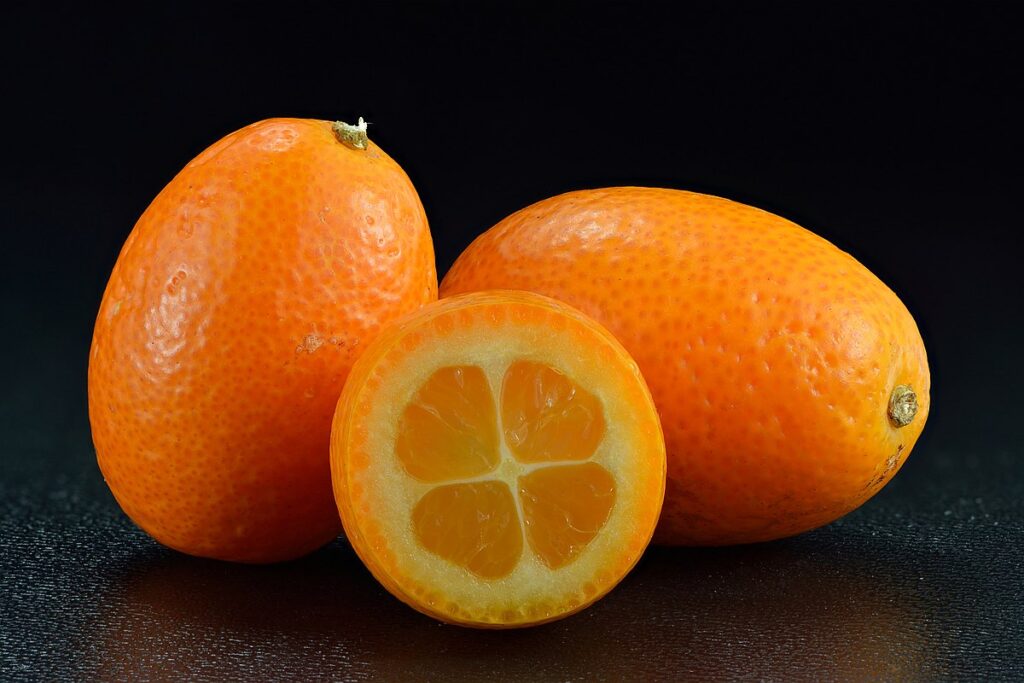
Fortunella fruits, commonly known as kumquats, are a group of small citrus fruits belonging to the genus Fortunella. These fruits are native to East Asia and are cultivated in various parts of the world with suitable climates, including China, Japan, the United States, and Mediterranean countries.
They are small and tangy fruit that is high in vitamin C and antioxidants. They are commonly eaten raw or used in salads and cocktails.
18. Frangipane
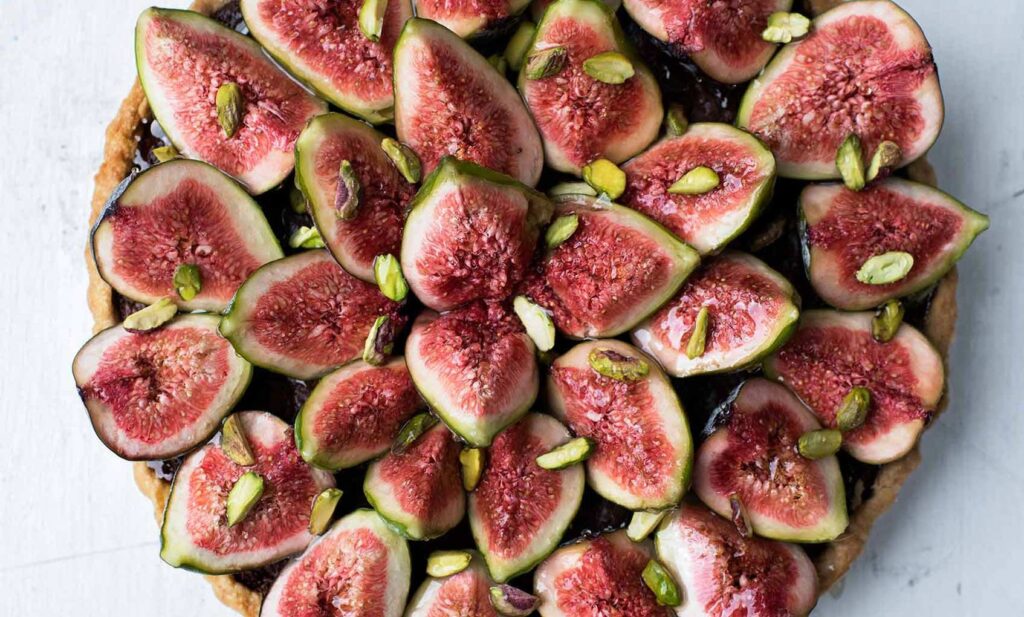
Frangipane is a type of almond-flavored fruit that is commonly used in desserts. It is high in fiber and antioxidants and is a great source of healthy fats.
They are also commonly used as a filling for fruit tarts, where it provides a rich, nutty contrast to the tartness of the fruit. It can also be used as a filling for cakes, pastries, and other baked goods, where it adds moisture, richness, and flavor.
19. Flamingo Mangoes
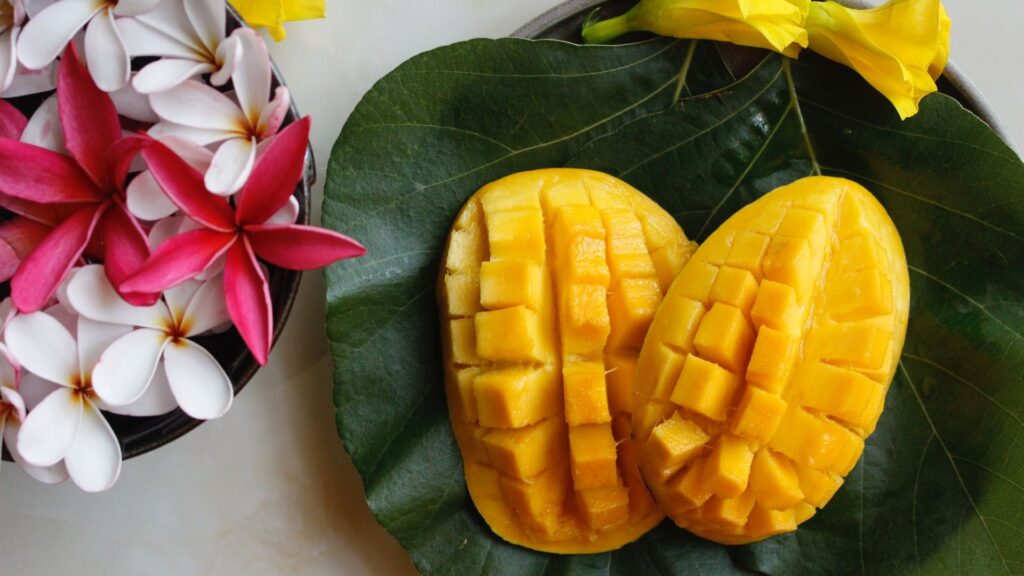
Flamingo mangoes are a type of mango that is known for its sweet and juicy taste. They are high in fiber, vitamin C, and antioxidants, making them an excellent choice for promoting healthy digestion and reducing the risk of chronic diseases.
Conclusion
All the listed fruits all have packed nutritional benefits, from figs to flamingo mangoes, each fruit is packed with essential nutrients, vitamins, and minerals that are vital for our overall health and well-being.
Incorporating these fruits into your diet can help boost your immune system, promote healthy digestion, and reduce the risk of chronic diseases. So, next time you’re at the grocery store, be sure to look out for these delicious and nutritious fruits that start with “F”!



